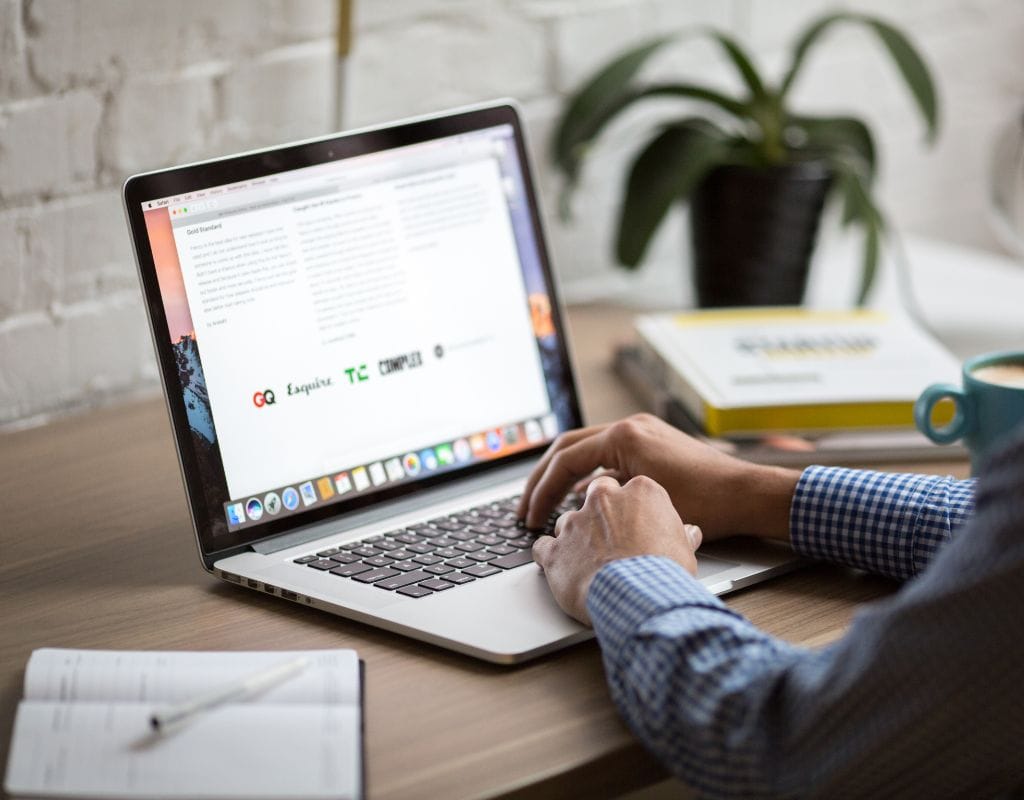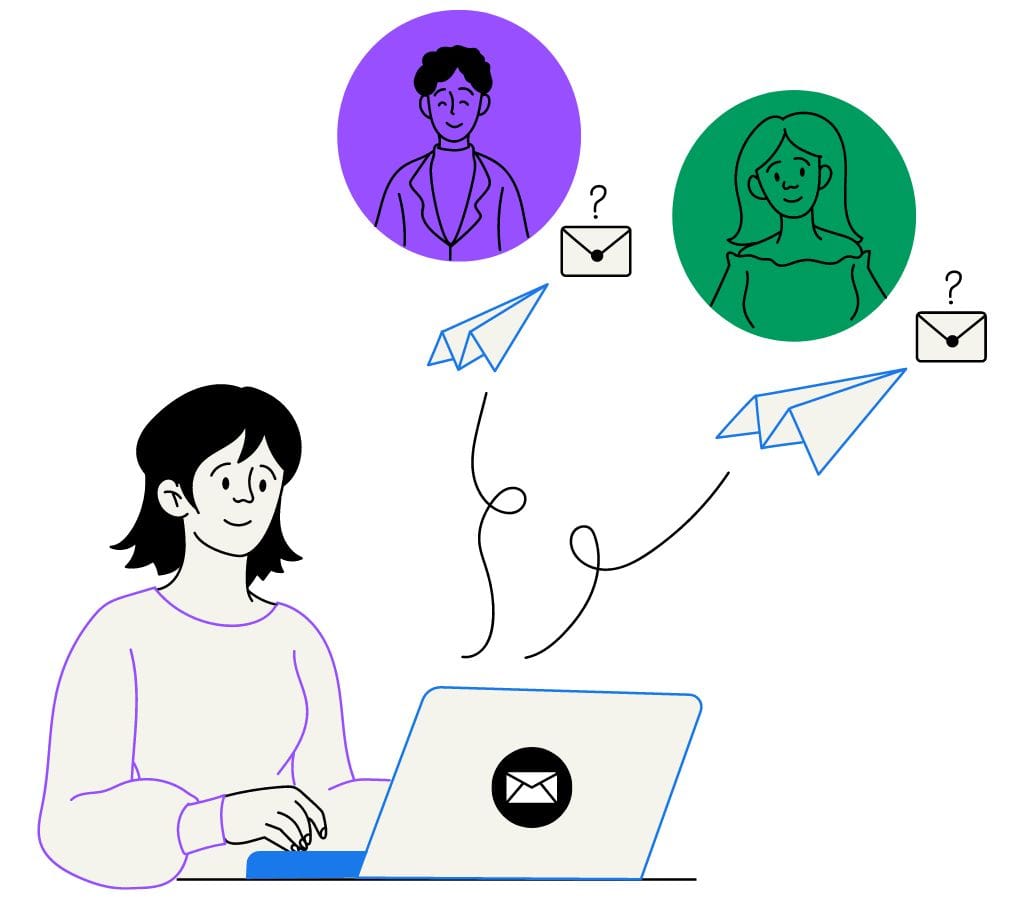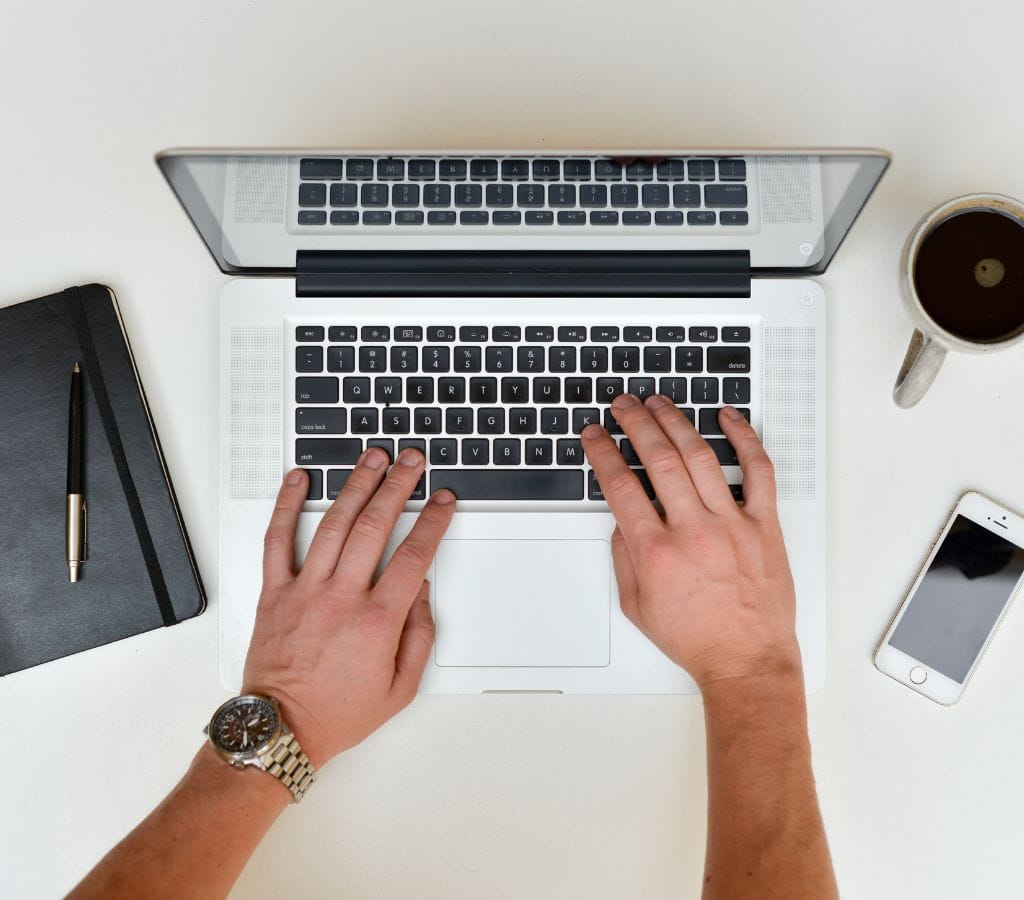Follow-up on job interview, seeking to close a business deal, or simply looking to maintain strong networking connections, knowing how to write follow-up email is essential.
So, we'll get into the specifics of how to write a follow-up email that works and when is the right time to send a follow-up email.
We also talk about the dos and don'ts of how to send follow-up emails, give you examples & templates of a good follow-up email, and show you some tools that will make your follow-up process easier.
When to Follow-Up on an Email?
It is important to know when to follow up on an email in order to be professional and increase your chances of getting an answer. Figuring out when to send a follow-up email will be easier if you know how to handle different scenarios. So, here are some important things to think about:
- Think about how long you think someone or a business will take to respond. Because, some people or businesses may have set response times within 24 hours or a week.
- Figure out how important the matter is. If the email is important, follow up more quickly.
- Think about the type of relationship you have with the recipient you want to follow up with. If you are close with them or talk to them often, follow up sooner.
- Emails driven by events or deadlines should be considered. Follow up closer to the event or date to ensure everything gets done on time.
- If you send an important email and don't get a reply within a reasonable amount of time, you may need to follow up again to ensure the message gets through.
Remember that timing is the most important part of following up on an email. You need to find a way to be responsible while also respecting the other person's time. So, you can find the best time to send a follow-up email and improve your chances of getting an answer quickly.

How to Write a Follow-Up Email?
Writing a good follow-up email is important if you want to get the person's attention, get your point across clearly, and increase the chances of getting an answer. In order to help you write a good follow-up email, here are some tips you need to remember:
1. Writing a Clear Subject Line
When you send a follow-up email, the subject line should be short but catchy. It should clarify why you're sending the email and make them want to open it. Here are some tips for writing a good subject line:
- Make sure the subject line of your email is clear and to the point.
- You could add a sense of urgency or importance to your email to get the person who receives it to put it first.
- If possible, you can also personalize the subject line by mentioning an event or subject you talked about in your last message.
2. Keeping the Body of the Follow-Up Email Concise
When writing the body of your follow-up email, keep it concise and to the point. Long and rambling emails can be overwhelming as well as can decrease the chances of receiving a reply. So here are some guidelines you can follow:
- Start with a polite and professional greeting, addressing the recipient by name.
- Briefly remind the recipient of the previous email or conversation to provide context.
- Clearly state the purpose of your follow-up and any specific actions or information you seek.
- Use bullet points or short paragraphs to make your email easy to read and understand.
- Avoid unnecessary details or excessive information that may distract from the main message.
3. Adding Value in Your Follow-Up Email
In order to make your follow-up email stand out, demonstrate the value or benefit that the recipient will gain by responding or taking the desired action. Consider the following strategies:
- Highlight any additional information or resources you can provide to support your request or inquiry.
- Offer assistance or suggest solutions to any challenges or concerns mentioned in the previous communication.
- Emphasize the potential positive outcomes or benefits of taking the desired action.
Focusing on clarity, conciseness, and value can help you draft a compelling follow-up email that increases the chances of a positive response. Also, remember to proofread your email for errors before hitting the send button.

The Dos and Don'ts of Writing a Follow-Up Email
Being polite and efficient when writing a follow-up email is important because it can be tricky. In order to make sure your follow-up emails get read, here are some things you should and shouldn't do:
Dos:
- Keep a respectful and polite tone: Use the right greetings, say thank you, and stay professional.
- Make sure the email is brief: Avoid giving too much information to save the other person's time.
- Customize when you can: Bring up personal links or past interactions to build rapport and make it more likely that someone will respond.
- Give some context: To make things clearer, remind the person of emails or talks you've already had.
- Have a clear Call to Action: Describe what you want the receiver to do.
Don'ts:
- Avoid being demanding or pushy: Don't be rude or demanding to avoid making a bad impression.
- Don't send too many follow-ups: Give people time to reply before sending too many follow-ups.
- Avoid mass emails and generic templates: Personalize every email you send to someone.
- Don't think that no reply means no interest: Follow up nicely to make sure your message gets through.
- Don't make spelling and grammar mistakes: Make sure you proofread your email carefully to avoid making a bad impression and looking less professional.
Following these tips will help you send a follow-up email more politely and improve the chances of getting a positive response. In addition, remember that the keys to good follow-up emails are to stay professional, respect the other person's time, and make your message more personal.

Examples of Effective Follow-Up Email
To provide you with practical guidance, let's explore some examples of effective follow-up emails in various scenarios. These examples will serve as templates and inspiration for crafting your own compelling follow-up messages.
1. Follow-Up After a Job Interview
Subject: Thank You for the Interview - Follow-Up
Dear [Interviewer's Name],
I hope this email finds you well. I am grateful for the opportunity to interview for the [Job Title] position at [Company Name]. It was a pleasure meeting you and discussing the role in detail.
I am particularly excited about the prospect of joining [Company Name] and contributing to [specific project or goal discussed during the interview]. The insights shared during the interview have further reinforced my belief that my skills and experience align perfectly with the position's requirements.
I wanted to take this opportunity to reiterate my strong interest in the role and my eagerness to contribute to the team. If you require any additional materials or references, please don't hesitate to let me know.
Thank you once again for your time and consideration. I look forward to hearing from you regarding the next steps in the hiring process.
Warm regards,
[Your Name] [Your Contact Information]
2. Business Meeting Follow-Up
Subject: Recap of Our Meeting and Next Steps
Dear [Recipient's Name],
I hope this email finds you well. I am grateful for meeting with me earlier today to discuss [topic of the meeting]. It was a pleasure exchanging ideas and insights with you.
I wanted to provide a brief summary of our discussion and outline the agreed-upon action points:
- [Action Point 1]: [Brief description of the task or action point]
- [Action Point 2]: [Brief description of the task or action point]
- [Action Point 3]: [Brief description of the task or action point]
Please let me know if I have accurately captured our discussion and if there are any additional details you would like to add. I will proceed with the action points as discussed and provide updates accordingly.
Additionally, if any follow-up meetings or discussions are required, please let me know your availability, and I will be happy to schedule them.
Thank you again for your time and collaboration. I look forward to working together to achieve our shared goals.
Best regards,
[Your Name] [Your Contact Information]
3. Networking Event Follow-Up
Subject: Nice Meeting You at [Event Name]
Dear [Contact's Name],
I hope this email finds you well. It was a pleasure meeting you at [Event Name] yesterday and discussing [topic of conversation]. I wanted to reach out to further our connection and explore potential opportunities for collaboration.
Your insights and expertise in [industry or field] left a lasting impression, and I believe our work may have synergies. I would love to continue the conversation and explore ways to support each other's initiatives.
If you have some availability in the coming weeks, I would be delighted to meet for a coffee or schedule a call to delve deeper into our potential collaboration. Please let me know your availability, and we can find a convenient time.
Thank you once again for your time and engaging conversation. I look forward to hearing from you and continuing our connection.
Warm regards,
[Your Name] [Your Contact Information]
These examples show how to organize and write a good follow-up email for different situations. They are flexible enough to be changed to fit your needs, as long as you keep a professional and friendly tone.

Apps for Tracking and Automating Follow-Up Emails
There are a number of tools that can help you track and automate your follow-up emails, which will make the process easier and more efficient. You can stay on top of things, save time, and make sure that follow-up tasks don't get missed with these tools. Here are some tools that might be useful:
1. Email Tracking Apps
Email tracking app lets you keep an eye on how many follow-up emails get delivered and how many people open them. It tells you when people open your emails, click on links, and interact with your content. These are some popular email tracking tools:
- HubSpot Sales let you track emails in real-time, get alerts, and view analytics that can help you figure out how engaged your recipients are.
- Mailtrack lets you track emails right from Gmail and lets you know when they've been read.
- Yesware tracks when emails are opened, links are clicked, and attachments are viewed and gives you data-driven insights.
Using email tracking tools can help you figure out when to follow up, how effective your follow-up emails are, and how to best approach the person you're following up with.
2. Scheduling Follow-Up Emails in Advance
Scheduling apps can be very helpful when you have a lot of follow-ups to do or are working with people in different time zones. With these tools, you can write and plan your follow-up emails ahead of time, making sure they get sent at the best time. These are some useful tools for making schedules:
- Boomerang for Gmail lets you send emails at a later time, set notes, and check back if you don't hear back.
- Mixmax has advanced scheduling tools that let you send follow-ups based on how the receiver has been behaving or their time zone.
- Brevo allows you to schedule emails and automates tasks for better follow-up management.
By planning when to send your follow-up emails, you can be consistent and make sure they get sent at the right times.
3. Using Templates for Regular Follow-Ups
You can save time and effort by using email templates for follow-ups that you do repeatedly. Templates give you a structure that you can change for each follow-up by adding your own information. These are some tools that have email template features:
- Gmelius lets you make and save email templates in Gmail, so it's easy to find them and change them as required.
- Streak gives you the ability to change email themes, create templates, and share them with your team.
- Reply.io has a library of themes for different types of follow-ups, such as job applications, sales outreach, and event follow-ups.
When you use themes, your follow-up emails will be consistent, but you can still personalize them by adding your own words.
In conclusion, you can improve the way you send follow-up emails, see how engaged your recipients are, plan your email schedule, and save time by using themes. You might want to use these tools in your follow-up process to get the most out of your emails and work more efficiently overall. Join EmailGum for more tips and tricks on writing a good email!

